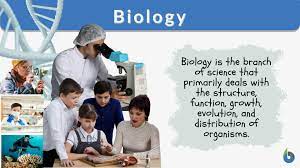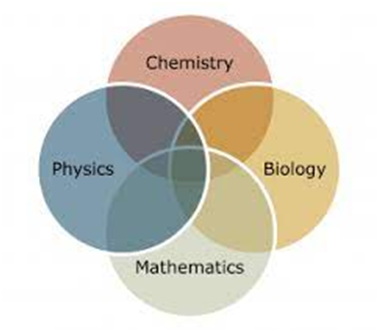Biology For Engineers
Recent posts
Enzyme Kinetics
Enzyme KineticsIn an enzyme reaction S → P, the rate of the reaction is depend on the substrate concentration. At low substrate concentration the rate of reaction ‘v’ is proportional to substrate concentration. As the substrate concentration is incr…
Continue ReadingMECHANISM OF ENZYME ACTION
MECHANISM OF ENZYME ACTIONTwo hypotheses have been put forward to explain the mode of enzyme action.01.Lock and key hypothesis: This hypothesis was given by Email Fischer in 1984. According to this hypothesis, both enzyme and substrate molecules hav…
Continue ReadingNOMENCLATURE AND CLASSIFICATION OF ENZYMES
NOMENCLATURE AND CLASSIFICATION OF ENZYMESEnzymes are generally named by adding “ase’ to the root indicating the substrate on which the enzyme acts. The International Union of Biochemistry report of 1962 contain a scheme for enzyme classification. E…
Continue ReadingHow do Enzymes Catalyze Reaction
How do Enzymes Catalyze ReactionEach enzyme has an active site to which substrate binds and forms a short-lived highly reaction enzyme substrate complex. This is followed by enzyme product complex (EP). Finally the enzyme product complex dissociates…
Continue ReadingINTRODUCTION OF ENZYMES
INTRODUCTION OF ENZYMESAn enzyme is a specialized protein produced with an organism which is capable of catalyzing a a specific chemical reaction. Since the enzyme act as a catalyst, it is also called a biocatalyst. A catalyst influences the rate of…
Continue ReadingCatalysis
CatalysisHuman have known about catalysis for many centuries, even though they knew nothing about the chemical process that was involved. The making of soap, the fermentation of wine to vinegar, and the leavening of bread are all processes involving…
Continue ReadingINTRODUCTION OF BIOMOLECULES
INTRODUCTION OF BIOMOLECULESCarbon is the key element of organic compounds. All organic compound contain carbon. In organic compound main bond formation take place between carbon to carbon and carbon to hydrogen. These organic compound containing ca…
Continue ReadingConcept of Complementation Using Human Genetics
Concept of Complementation Using Human GeneticsSince the mutations are recessive, the offspring will display the wild-type phenotype. A complementation test (sometimes called a cis-trans test) can be used to test whether the mutations in two strains…
Continue ReadingSingle Gene Disorder in Human
Single Gene Disorder in HumanSingle gene disorders are caused by DNA changes in one particular gene, and often have predictable inheritance patterns. Over 10000 human disorders are caused by a change, known as a mutation in a single gene. These are …
Continue ReadingComments
Popular Post









.jpg)


